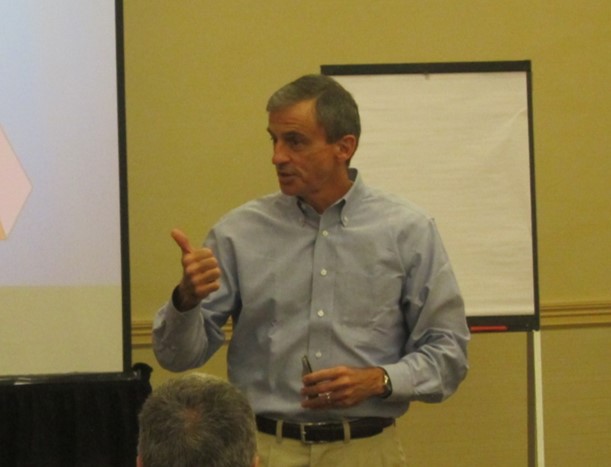If you’re like the overwhelming majority of salespeople, you are no longer conducting in-person sales calls. There is at least one positive from this: your overhead cost in travel time to and from your customer’s location has been slashed to zero.
What are you doing with this extra time? It’s a precious gift, and I would like to propose one use for that time that could make a meaningful difference in your sales results.
Assuming you’re not squandering it by surfing the web or playing video games, there are two ways you can use your extra time productively. You can increase the quantity of your sales calls, or you can increase the quality of your sales calls. Both are good, but I personally would like to suggest more of the latter. Here’s how:
Convert travel time into preparation time. Use the time that you would have spent, and invest it preparation and planning for the sales call. In my own experience, I have found time spent in sales call planning to be the most highly leveraged use of my time. Sales call planning has enormous benefits:
- It puts you in better control of the sales conversation.
- It shows professionalism on your part, and your customers will notice the difference.
- It primes your mind for outside-in thinking.
- It arms you with contagious confidence going in.
Use the time before the sales call to research your customer in greater depth, to ask more pointed and specific questions, to elevate the conversation from a product-pushing pitch to a business-improving, problem-solving conversation.
Think carefully through your sales call plan template (and if you don’t have a sales call plan template, let’s talk.)
Use the time after the sales call that you would have spent returning to your office or traveling to the next call, and conduct a brief after action review. What went as expected? Differently than expected? Why? What did you learn form this? What will you improve or do differently next time?
The extra time you’re getting from not traveling to customer locations is found money. Whether you waste it or invest it is up to you.






